Online Education: Teachers Need to Become Facilitators
Emergence of Online Education as a Post Pandemic Effect
The discussions and deliberations about online education mostly centered around the technology’s experience and accessibility issues, but during this dialogue, the emerging pedagogy and its features went unnoticed.
The traditional pedagogy, which had hitherto remained largely unchanged despite the technological innovations, have been radically transformed as a post pandemic outcome resulting from the necessity of keeping an access to education through e-learning and online mechanism.
This new pedagogy is being evolved through a continuous process which is making both our teachers and students constantly adapting to this new way of delivering and receiving education.
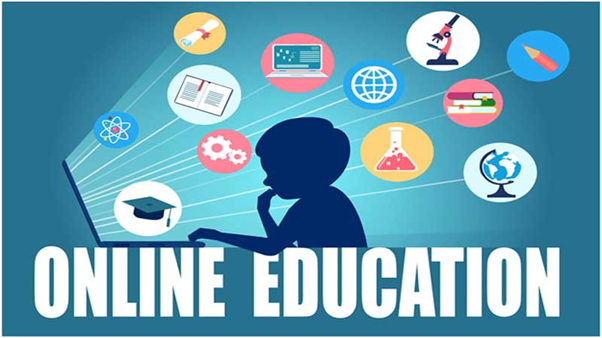
In this era of e-learning, this evolving pedagogy will help us to realize the new possibilities and complexities. If we consider the delivery of knowledge through digital devices and the internet as the hallmarks of e-learning, then self-paced learning is its enduring nature. Although it is not always evident in the more familiar hybrid (a combination of online and offline models) learning.
Therefore, digital, and autonomous learning needs to be looked at more seriously and without being misled by the awe of technology.
Self-Paced Learning Helps Different Learnability Quotient of Students
Self-paced learning is generally the practice of learning in an environment where the learner sets his or her schedule and adjusts it to his or her convenience and interest. The learner decides how long a lesson will take and how often to sit down and study it. Generally, the institutions or teachers are not involved in this process. While using the features of digital technology, the content of the lesson is accessible to the learner at any place and any time of his choice.
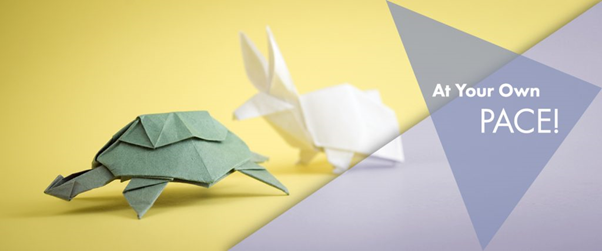
In the traditional learning system, the number of hours of teaching per lesson is limited by a predetermined schedule, from what day, at what time, to ancillary activities and assessments. Students are obliged to complete the learning process accordingly. Students who fail to complete these steps successfully according to the academic calendar will be considered a failure.
But, in self-paced learning methods, reasons of failure due to inadequacy of time is rare and often improbable.
Redefinition of the Role of Teachers
The self-paced learning method may not be reduced only to the learners’ control-over-the -timing of the learning process. The general perception about the framework of education will be radically changed both the course as well as the direction.
It is important to note that online and digital models create not just a learning activity but also a broader learning environment.
In all offline learning systems, teachers are the ultimate authority. Obedience to authority is determined by the experience of the study as well as the outcome of the examination. In a teacher-centric model, where teachers ‘authoritatively’ impart knowledge and humble students accept it without question. In the exercise of pedagogical power is often unilaterally set time limits. All deadlines apply to a class as a whole. It is not practical for many people to allow different time limits for each lesson, depending on their learning abilities or physical or mental circumstances. Then students who must ask for more time in any particular situation will thereby re-strengthen the ‘authority’ of the teachers.
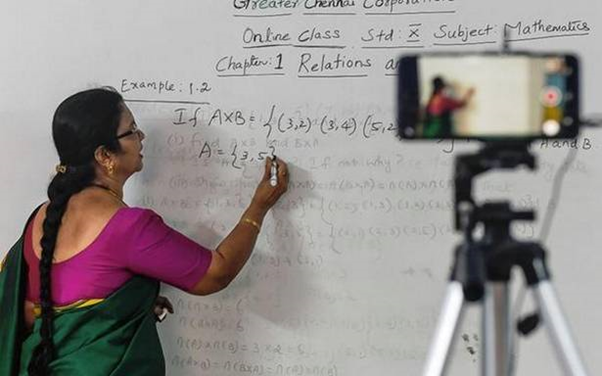
Fundamentally, in the self-paced learning method, the teacher-centered power structure will be destabilized. In e-learning, teachers relinquish the right to make final decisions about ‘time’ to the student thereby give up excessive powers and become facilitators of the learning process. However, this transition should not be seen as a shortcoming, but as an improvement in teachers’ overall responsibility.
The role of teachers, which used to be limited to taking classes and conducting exams, is now shifting to taking full responsibility for the overall effectiveness of a course. The redistribution of authority in the academic sphere is not a no-confidence motion against teachers, whereas a new mutual understanding of the responsibility that the student must assume for himself/herself. In self-paced learning, the student experiences greater responsibility and flexibility. Teachers who reject excessive authority and students who take more responsibility for their learning will be the starting point for a healthier academic environment, which will enable comprehensive change.
Multi-modal Learning Processes
The most striking difference in self-paced learning is that it positively utilizes the diversity of students’ learning abilities. Each student will grasp things at his speed. Because of the different tastes, each student responds differently to different parts of the same subject. For example, a student who learns the application of mechanics quickly may take longer to understand concepts of strength of materials. When all students are forced to learn all the lessons at the same pace and through the same activities in the traditional way of learning, some go on without understanding the subject and some without understanding at all. But, in the case of self-paced learning, each student takes time and chooses the most appropriate approach from the available learning methods. Not only can the student change the pace of learning according to his ability to comprehend, but he/she can also choose the appropriate one from the various learning resources and interact more meaningfully with the subject.
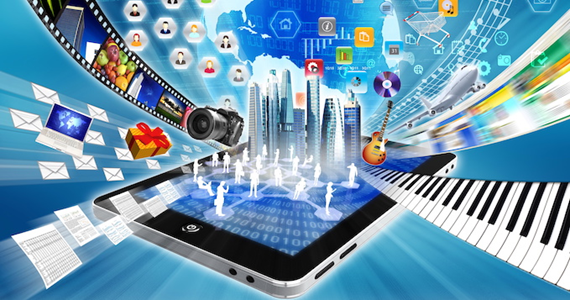
For example, the introduction to a new topic could be a music video, a pdf of a research paper, an experiment, or a group activity. In the traditional learning method, all learners are compelled to do one or two of these within a specified time. But in the self-paced learning method, the student can choose and take advantage of all the possibilities available to him. Teachers can be multi-directional in many ways, incorporating a wide variety of learning materials and related activities into each learning environment. The general nature of self-paced learning is to open up all avenues for accessing and behaving in the text accordingly, based on the basic premise that each learner is of a different type. The pace of learning is determined by the learner, which also means that the study separates itself from its traditional order and narrow environment. The learner can choose another time to concentrate instead of a noisy time and use a more comfortable open space instead of a closed classroom. One can watch the rest of the lesson on laptop or TV at home, then watch it on mobile phone while traveling by bus and repeat the required modules in between other activities. Here, the learning process is freed from the limitations of physical conditions.
Reformulating the Examinations
The possibility of rethinking the examination procedures will also become evident in this case. The present method of examination, which is generally a memory test of past lessons to be completed in each time, will become irrelevant in e-learning. It is because, in the self-paced learning, the student is asked to self-evaluate after he/she has spent the required amount of time in each lesson. Instead of taking a quiz on that subject, one needs to use more scenario-based modelling assessment tools to find out if the knowledge has been acquired and how the student will apply it in a particular situation. This will make the study and the exam more complementary and the learning process more productive.
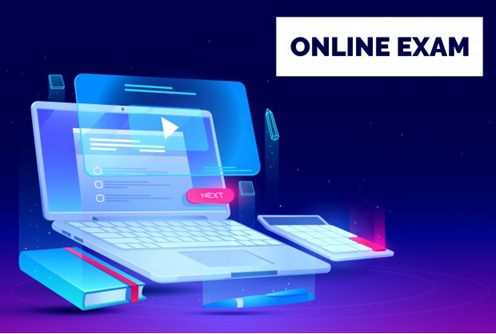
Key Challenges
- Given the potential for self-paced learning, it cannot be considered an effective, innovative model for all learning needs. Self-paced learning methods have many limitations in primary education. In the self-paced environment mentioned earlier, the additional responsibility that the learner must assume cannot be handled by young children. This means that different self-paced learning models will be required at various levels, ranging from primary to higher education.
- Another limitation of the self-paced learning approach has been the difficulty of having multiple learners in the same class (cohort) at different stages of learning at the same time. This can make the learner anxious to spend more time on one module and those who complete the same module faster can become lazy. Unbalanced learning levels can also confuse the facilitator.
However, with imaginative intervention, the situation can be put to good use. Those who want to complete the module can activate their learning through peer learning from those who have already completed it. The effectiveness of ‘peer learning’ has already been proven one and widely accepted. In addition to making a positive difference in learning, it can also lead to improved mutual understanding and teamwork. Those who have completed the module can perform other related activities besides peer teaching. Thus, if the framework of the old classroom is changed, the learning environment will be enhanced, and different possibilities will be opened for each.
- Also, we know that the e-learning cannot be used for all subjects. Many subjects can be studied effectively only through fieldwork, public interface, and experiments. Moreover, learning in a completely virtual environment is not a complete model, even for subjects that do not seem to require such offline lessons. Some subjects must be studied in their natural living environment. There are no alternatives to direct interaction between individuals.
So, what are the vast possibilities of self-paced learning as a pedagogy?
The hybrid model that we are now adopting mostly works by running one part of the curriculum through the traditional classroom method and the other part through e-learning / online classes. As indicated earlier, learning models that adopt a completely virtual approach do not have a universal character. So, the hybrid model can be continued with appropriate amendments in it.
Reason being that the current hybrid models are (almost always) shaped by the principles of classroom learning. For instance, take attendance before an online class, even set a timetable to watch a previously recorded classroom video, and send a photo of homework via WhatsApp etc).
Many of the possibilities mentioned earlier that open-up the pedagogy of self-paced learning can be effectively incorporated into the hybrid model.
Additionally, we should explore the possibility of innovative pedagogy by giving learners the right to self-determination at different time points in a course, applying new assessment models, providing a variety of learning resources, and promoting peer learning. Else, as long as the pedagogy of classroom learning remains at the centre of the hybrid model, the potential for e-learning will greatly be limited and we would miss the opportunity to address the inadequacies of the old learning methods.
The first step in taking advantage of this opportunity is for teachers to abandon the mace of power.
The academic world must then take on the responsibility and move into the broader role of facilitator without any sense of insecurity and to explore the possibilities of transforming the structure of learning in an atmosphere of collective responsibility and mutual trust. Yes, another teaching is possible!
No token or token has expired.
Deprecated: Function get_magic_quotes_gpc() is deprecated in /home1/silvege7/public_html/paradigmconsultant.com/wp-includes/formatting.php on line 4371
